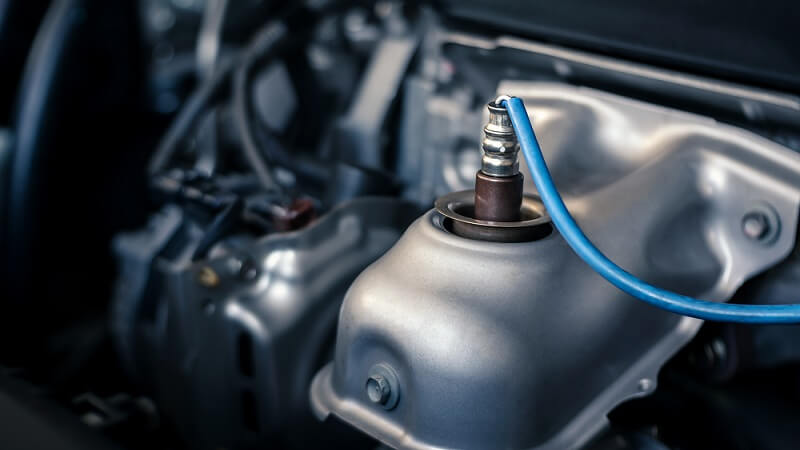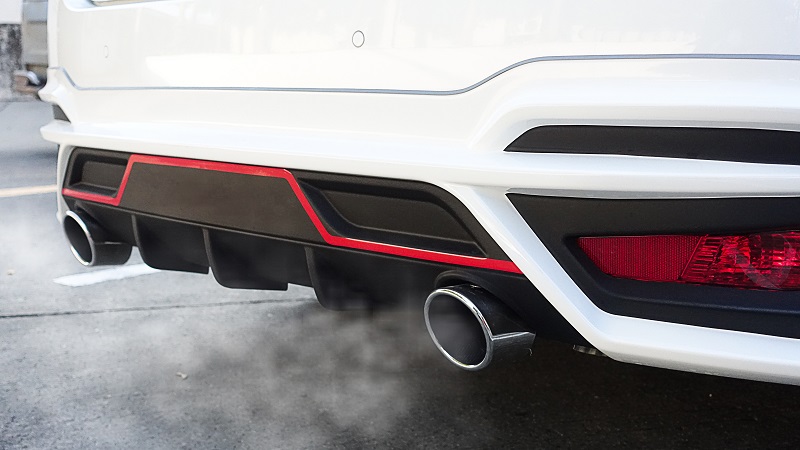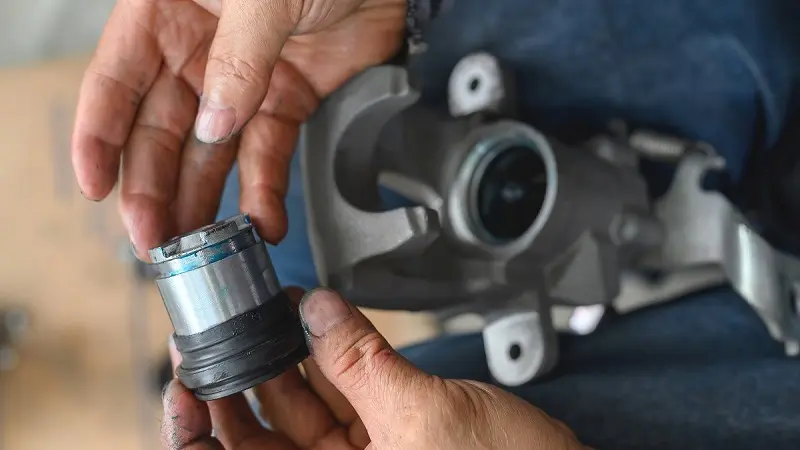Brake rotor thickness is a critical measurement for automotive safety. Let’s look at some essential things about the brake rotors, and find answers to the questions: “Which is the best time to check rotor thickness and how to do it?”
Important Things To Know About Rotor Thickness
Nowadays, brake rotors come with a thinner thickness than before to reduce weight and costs. That’s why the rotors get damaged easily.
It’s vital to know the minimum thickness for your vehicle because if the rotor thickness is thinner than the minimum level it can be dangerous to drive. A thinner rotor is lighter in weight and decreased in its ability to absorb and dissipate heat. The strength of the rotor is also reduced, leading to more risks of cracking or not braking.
Whenever you check the brake pads, it’s essential to check the rotor thickness as well. If its thickness is below the minimum specification and it cannot be resurfaced, then you need to replace the brake rotors immediately.
It is recommended to replace both rotors at the same time, even if one still works as the difference in rotor thickness can result in the brakes pulling towards one side.
When To Check Rotor Thickness?
It is recommended to check disc brakes and disc brake linings every 10,000 miles, or more often if your brakes suddenly start to squeal or pull to one side, or if your brake pedal flutters when you step on it, or whenever you replace brake pads or before you resurface the rotors. Doing this will make sure that the rotors have enough metal left for safe braking.
How To Measure Rotor Thickness?
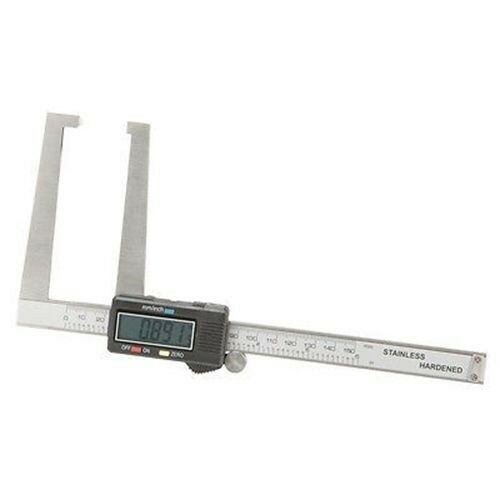
If you need to measure the rotor thickness, just follow the detailed testing procedure in any factory service manuals. The rotor thickness should be measured using a micrometer. The thickness should also be gauged before and after the rotors have been turned, to check for proper thickness or depth specification.
Here is a step-by-step guide on how to measure rotor thickness:
1. Raise the front or rear of the vehicle, depending on the rotors that need to be measured, and secure the vehicle with the jack stand.
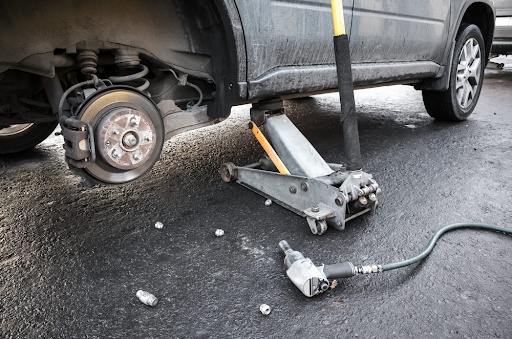
2. Remove the lug nuts and pull the wheels from the vehicle.
3. Remove the brake pads.
4. Inspect the braking surface for cracks and damage, then thoroughly clean the braking surface.
5. Measure the brake rotor thickness 0.40 inches (10mm) inside the outer circumference of the brake rotor every 45° ( 1 / 8 of a rotation).
6. Compare the smallest value measured to the minimum thickness specifications stamped on the brake rotor. If the rotor is below the minimum thickness, the rotor must be replaced. If within specification, measure the parallelism.

7. To measure parallelism, subtract the smallest value measured from the largest amount measured. If the parallelism is higher than 0.0006 inches (0.015mm), use an approved on car brake lathe and machine the brake rotor. If after machining the brake rotor is below minimum thickness, it must be replaced.
Tip: While measuring, keep a distance of about 45’ apart and 10mm from the rotor edge as the actual brake pad doesn’t contact those edges. Also, for slotted rotors stay away from measuring the slots, as those will skew the results. Same with dimpled/cross-drilled rotors. Keep clear of measuring the holes.
Have a qualified mechanic check and measure your rotors to make sure that they are within the safety limits indicated by the manufacturer.
Most Frequently Asked Questions
1. How Long Do Rotors Last On Average?
Several factors can affect the average lifespan of brake pads and rotors. Mostly it depends on your driving style and your maintenance. In general, brake pads can last from 30,000 miles to 70,000 miles. The lifespan of brake rotors is quite long (as 3 times longer than pads).
2. How Much Do New Rotors Cost?
The average cost for new rotors varies from $30 to $75 each. If you prefer better performance rotors, then it can be from $100+ per each. Prices depend on the type, brand, and quality.
Some people often consider if they should buy aftermarket parts or manufacturer ones (OEM). Both aftermarket and OEM parts have their benefits. For example, aftermarket parts are usually cheaper and available in a wide range of options, whereas OEM parts are easier to choose and offer a higher assurance of quality as well as come with a warranty.
3. Can I Drive With Bad Rotors?
The rotors play an important role in stopping your car while driving. If they don’t work well, you may not be able to stop your vehicle correctly in an emergency case. This can lead to many dangerous driving situations such as a car crash for example. As soon as you notice that your brakes are not working properly, contact your mechanic for an inspection immediately.
If you are looking for new rotors head over to https://newparts.com/shop/ and select your vehicle’s Year Make and Model to get the perfect fit rotor for your car!


